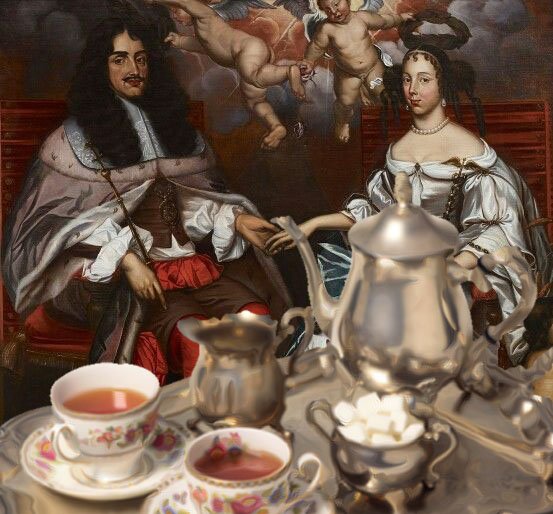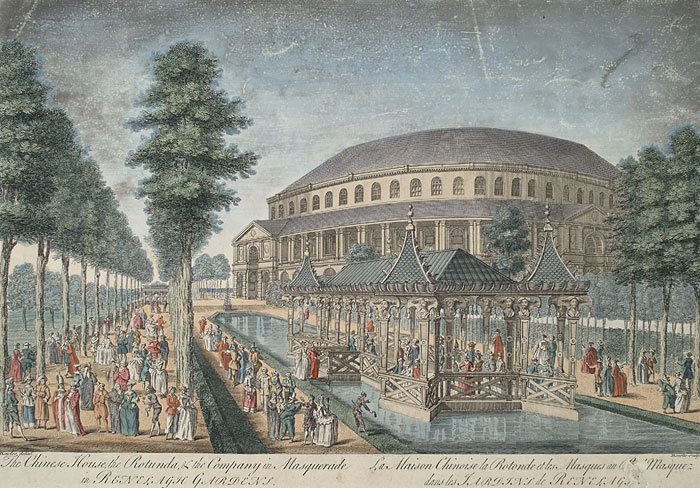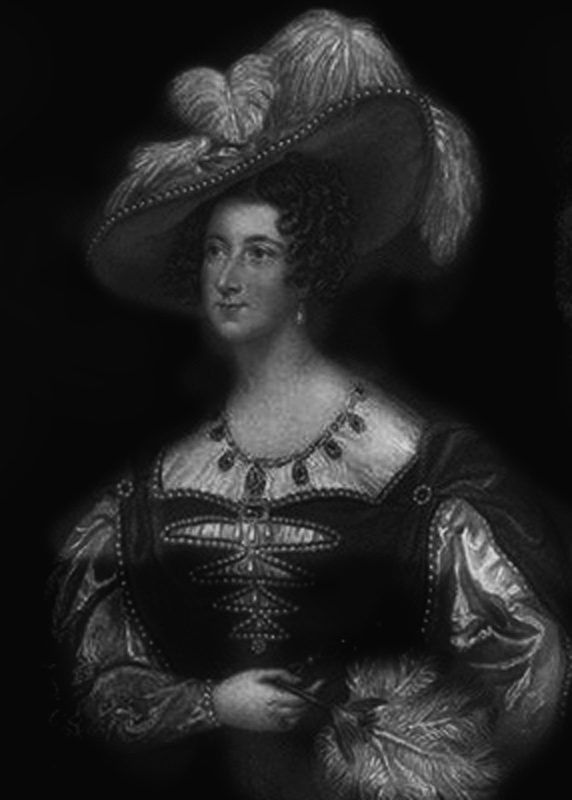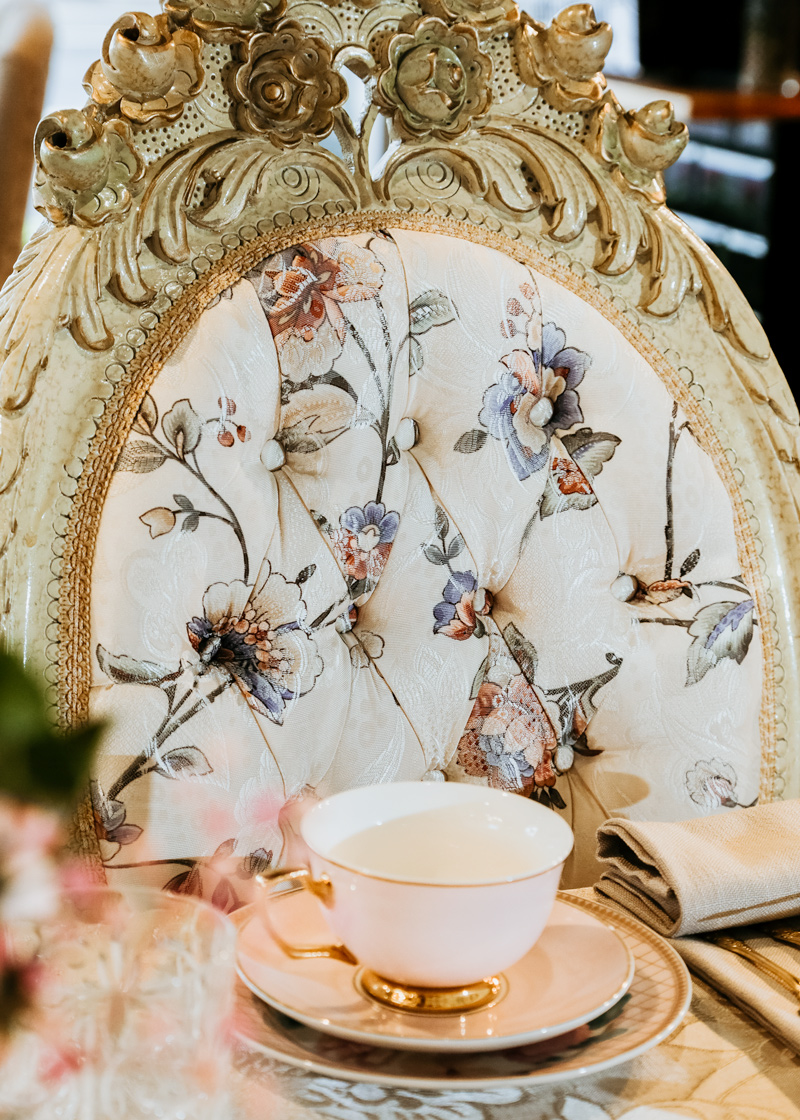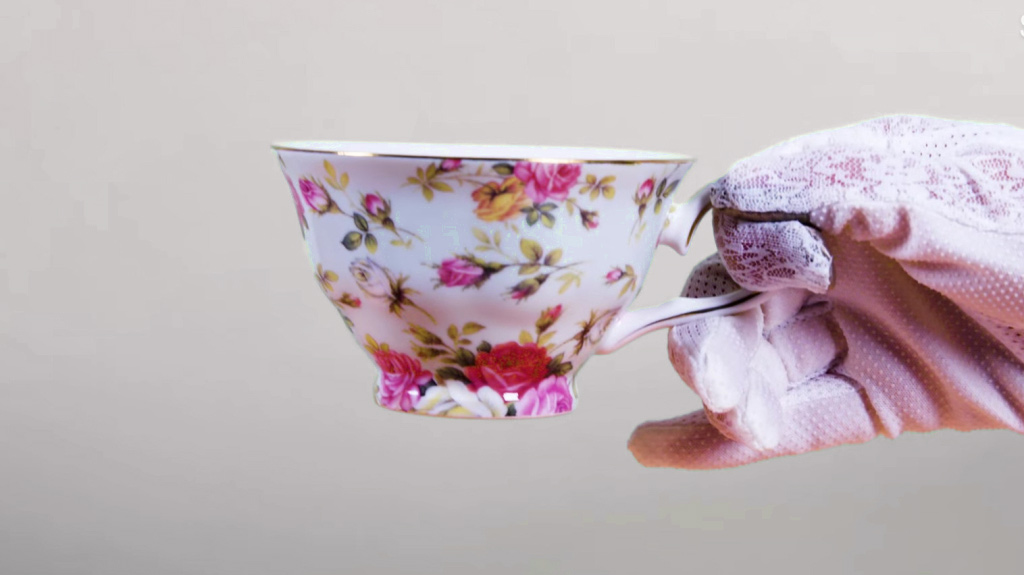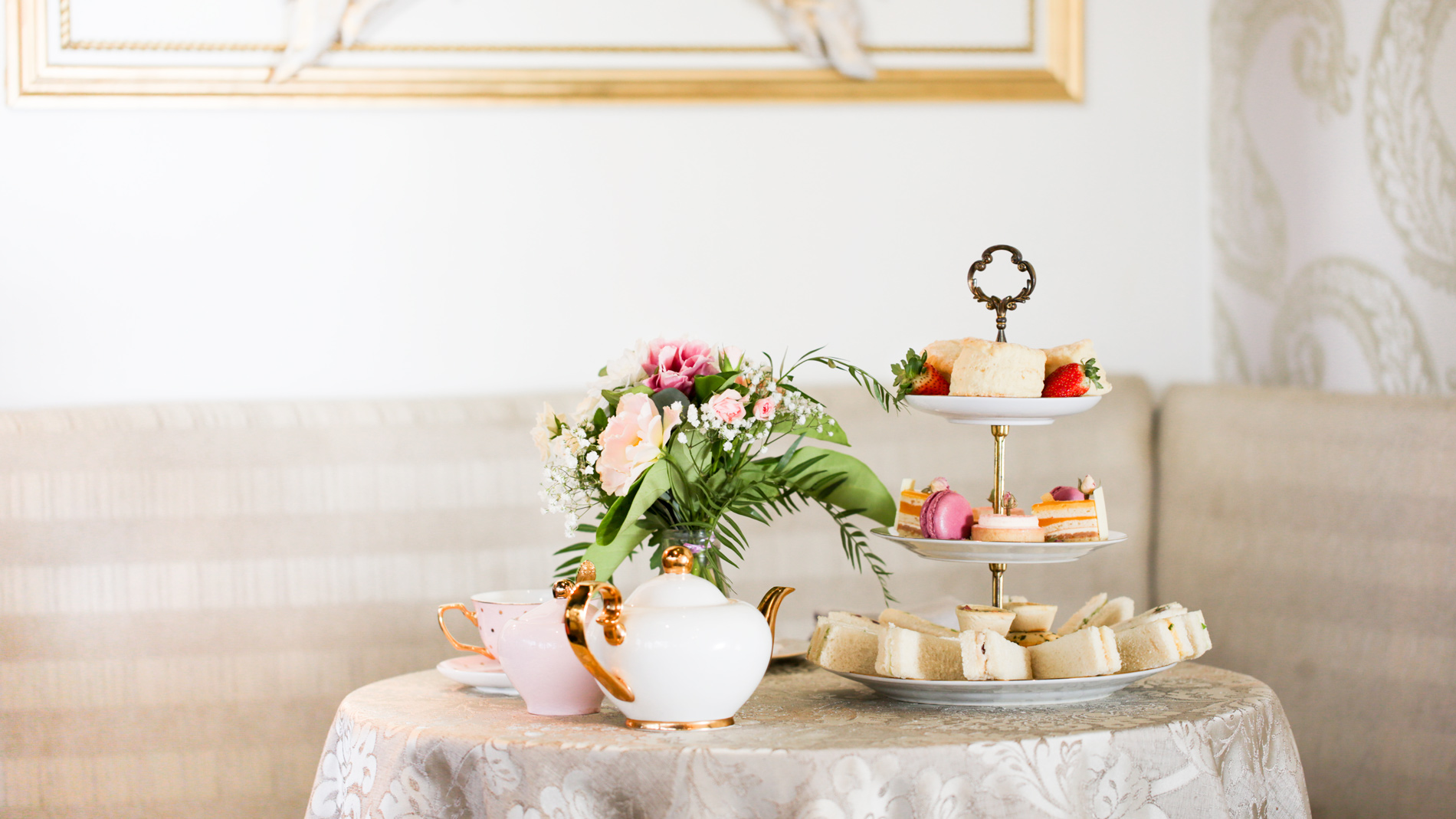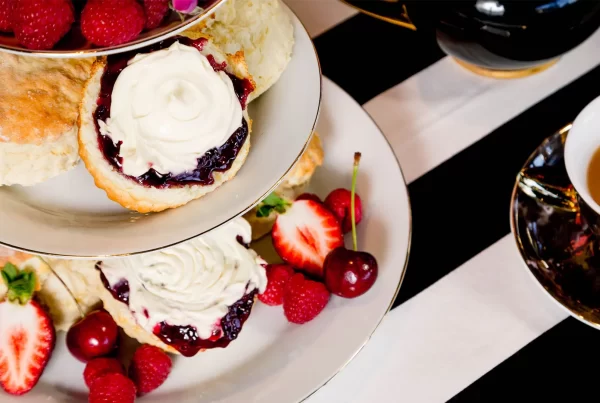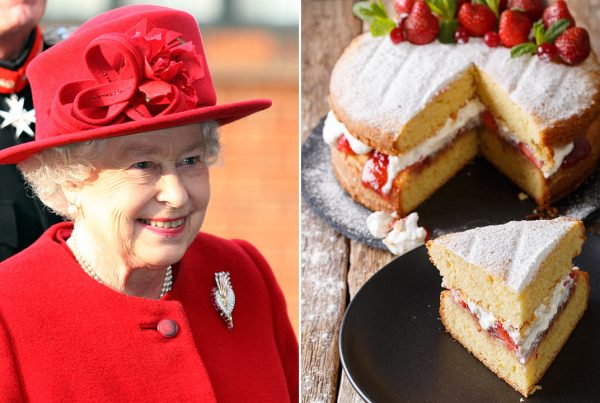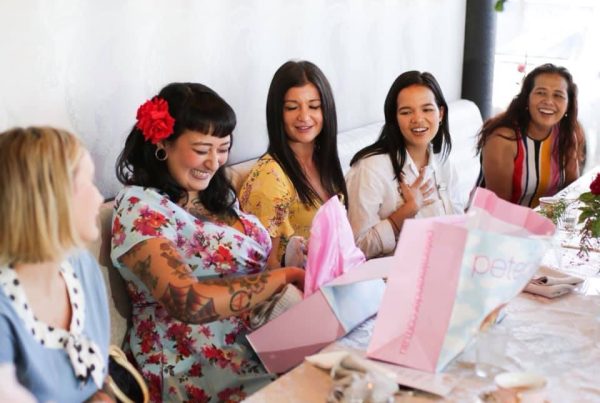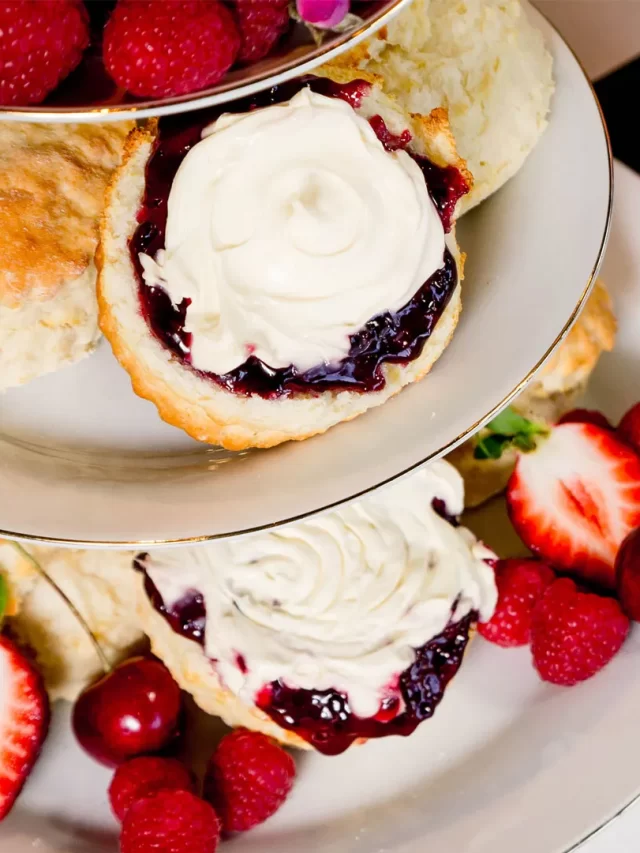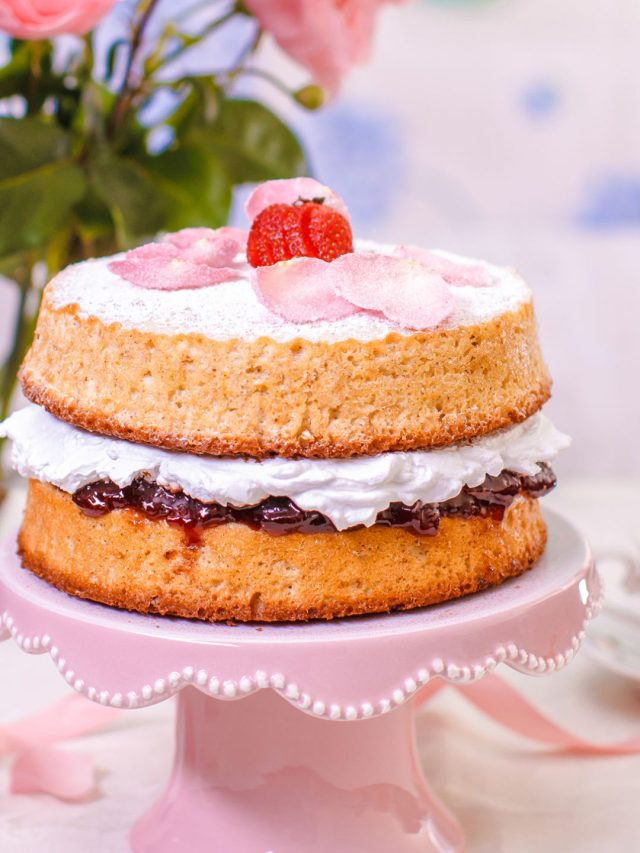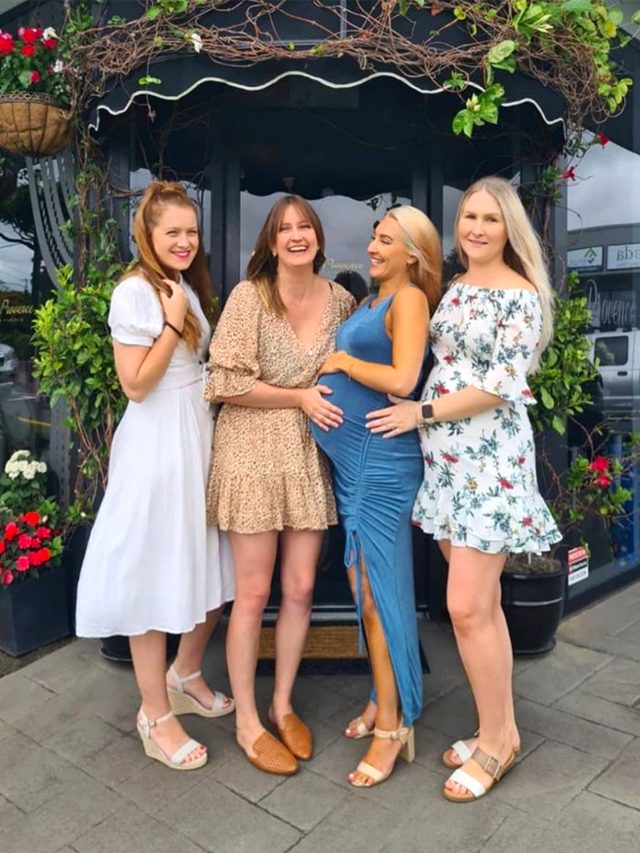The History Of Afternoon Tea
TODAY, AFTERNOON TEA REMAINS A FASHIONABLE PASTIME AND SO MUCH MORE!
“There are few hours in life more agreeable than the hour dedicated to the ceremony known as afternoon tea.” Henry James
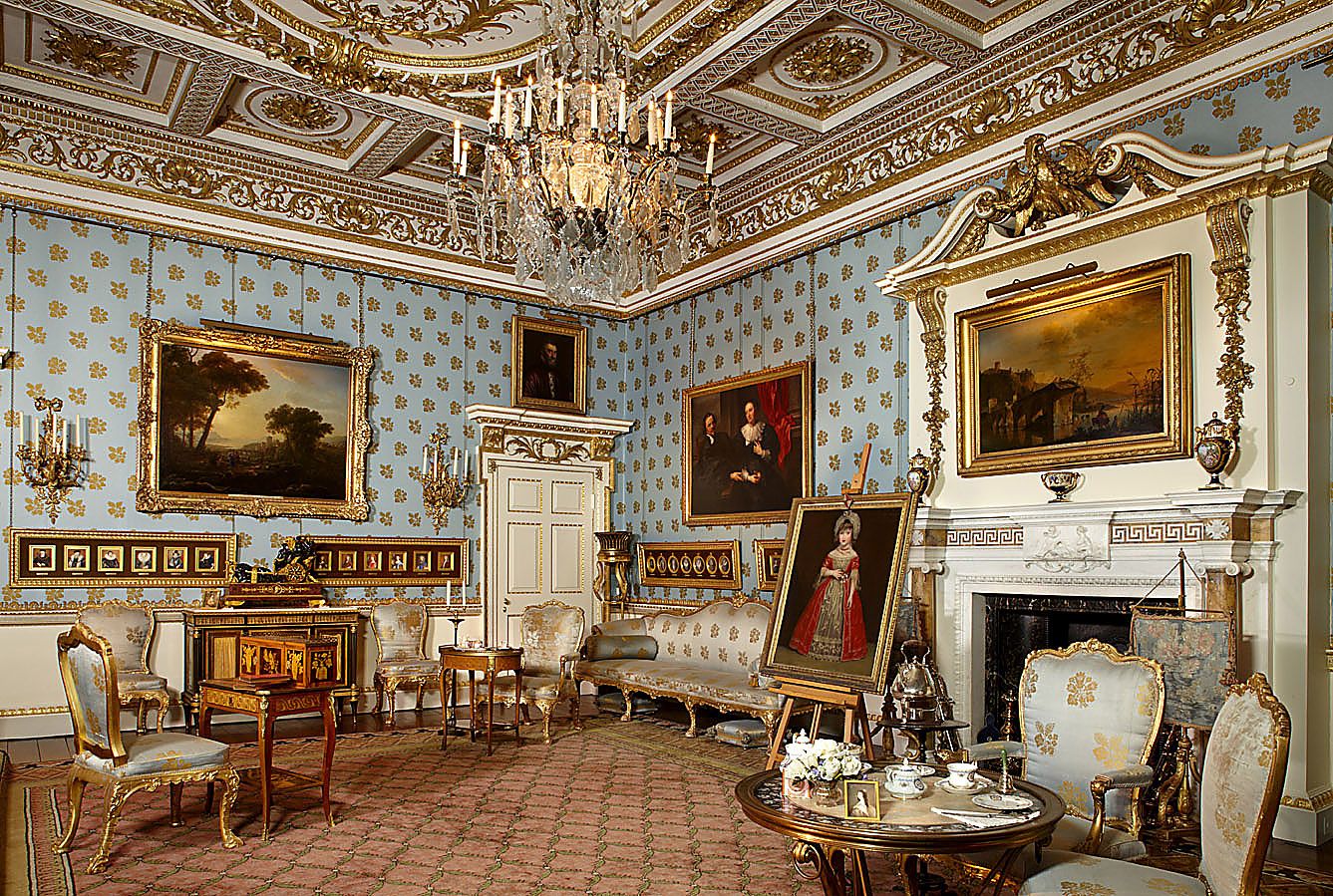
Blue Drawing Room at Woburn AbbeyPhoto courtesy Woburn.co.uk
Late one afternoon in 1840 the 7th Duchess of Bedford, Lady in Waiting to Queen Victoria, ordered a tray with a pot of tea and a light snack of bread with butter and cake be brought to her room – and invented afternoon tea.
It was fashionable at the time to eat a late-morning breakfast while the dinner hour had gradually been pushed back from five or six o’clock to eight, or even nine, o’clock by the Victorian period. So, it’s not surprising that during the long afternoons the Duchess might need something light to sustain her till dinner.
She enjoyed her private daily afternoon tea in her rooms at her country House (Woburn Abbey, Bedfordshire) so much that summer she continued the practice when she returned to London. She began sending cards to friends, inviting them to join her. As other hostesses took up this new trend, afternoon tea moved into the fashionable Drawing Rooms of London; quickly becoming an agreeable, sociable daily ritual. Before long, afternoon tea was an established tradition that still helps us fill the gap between breakfast and dinner today.
A Female Tradition
Afternoon tea may have been the latest trend in Victorian England but the Duchess was actually part of a long story of women and tea. It’s thought that the Portuguese Infanta, Catherine of Braganza who married Charles II in the 1600s, brought a taste for tea with her. Although tea was already available in England, high society began sipping the drink in their Town and Country Houses that all of England would take to its heart. And that connection with home and domesticity is important in the story of afternoon tea.
Why? Because tea continued to be associated with the home and domesticity whereas coffee became associated with another trend: the coffee house. Historians like to talk about two “spheres” of life at this time. Public life, life outside the home; business, politics etc. was considered a male environment. Private life, domestic life, on the other hand, was the world of women.
Coffee shops had been popping up all over England since the mid-seventeenth century. Here Gentlemen met to share a cup of coffee, to share ideas, talk business, politics and read the latest newspapers. It might raise an eyebrow now but these were considered unsuitable practices for women. So, if coffee was the preserve of men; women took tea and the ceremony of tea-making into their homes.
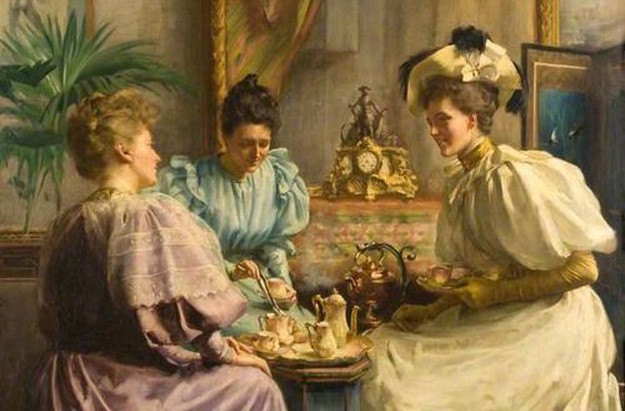
Tea for three
The Luxury and Desire of Tea
But enjoying tea remained the privilege of the upper and middle classes until the late eighteenth century; a luxury imported from China, with silk and porcelain. Well into the nineteenth-century tea was even kept under lock and key in tea caddies. Plus, as tea’s domestic popularity grew, so did the popularity of all the equipment that went with it: Chinese porcelain cups, teapots, urns, caddies, etc. English furniture makers rushed to capitalise on this market, producing special tea tables and chairs. There were even bespoke blends.
Afternoon tea became an important opportunity for women to socialise and – just as importantly – a way to show off one’s fashionable manners as well as expensive “tea things”. Assembling a tea table with a full range of luxury tea equipage and teaware gradually became the ambition of middle-class women too, keen to demonstrate their wealth and manners: a desire John Gay made fun of in his 1725 poem:
To a Lady on her Passion for old China
What ecstasies her bosom fire!
How her eyes languish with desire!
How blest, how happy should I be,
Were that fond glance bestow’d on me!
New doubts and fears within me war:
What rival’s near? A China jar.*
Moving with the Times
Times, however, changed. Tea drinking moved out of the house and into public spaces where men and women could meet and chat over tea together and in public, no less. In the late eighteenth-century pleasure gardens like Ranelagh served public teas. Then, in the Victorian period, tea became cheaper and tea shops began popping up, catering for tea drinkers everywhere and of all classes.
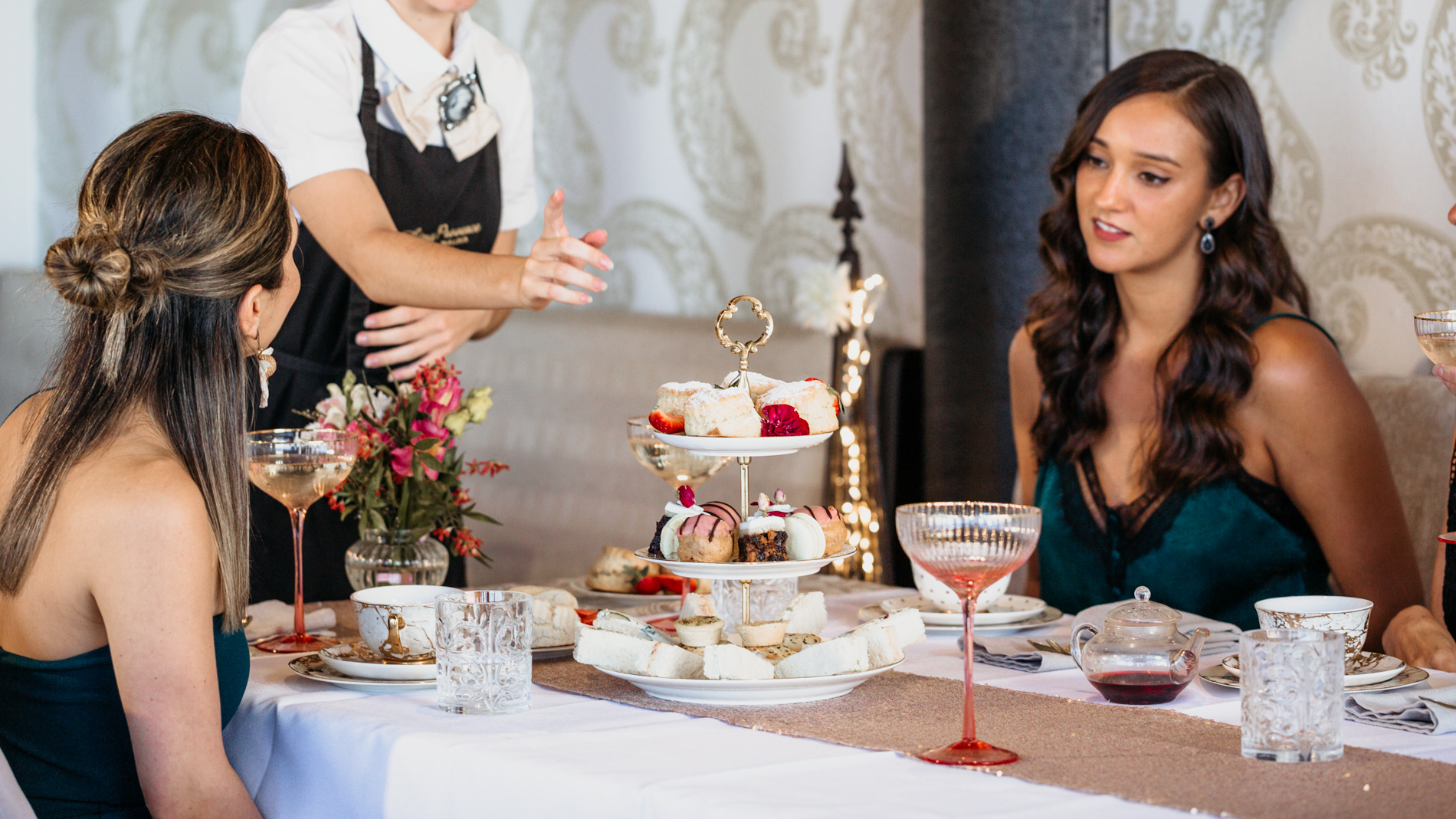
Today, afternoon tea remains a fashionable pastime and so much more. Afternoon tea provides a way to spend some quality time with friends and family; to chat, to celebrate together or just to put your feet up while enjoying some alone time and a cuppa. Whatever your favourite brew, next time you indulge in an afternoon tea, you might want to raise your cup to the Duchess of Bedford who invented the delightful ritual that is Afternoon Tea and bequeathed to us a “most agreeable hour” indeed.
